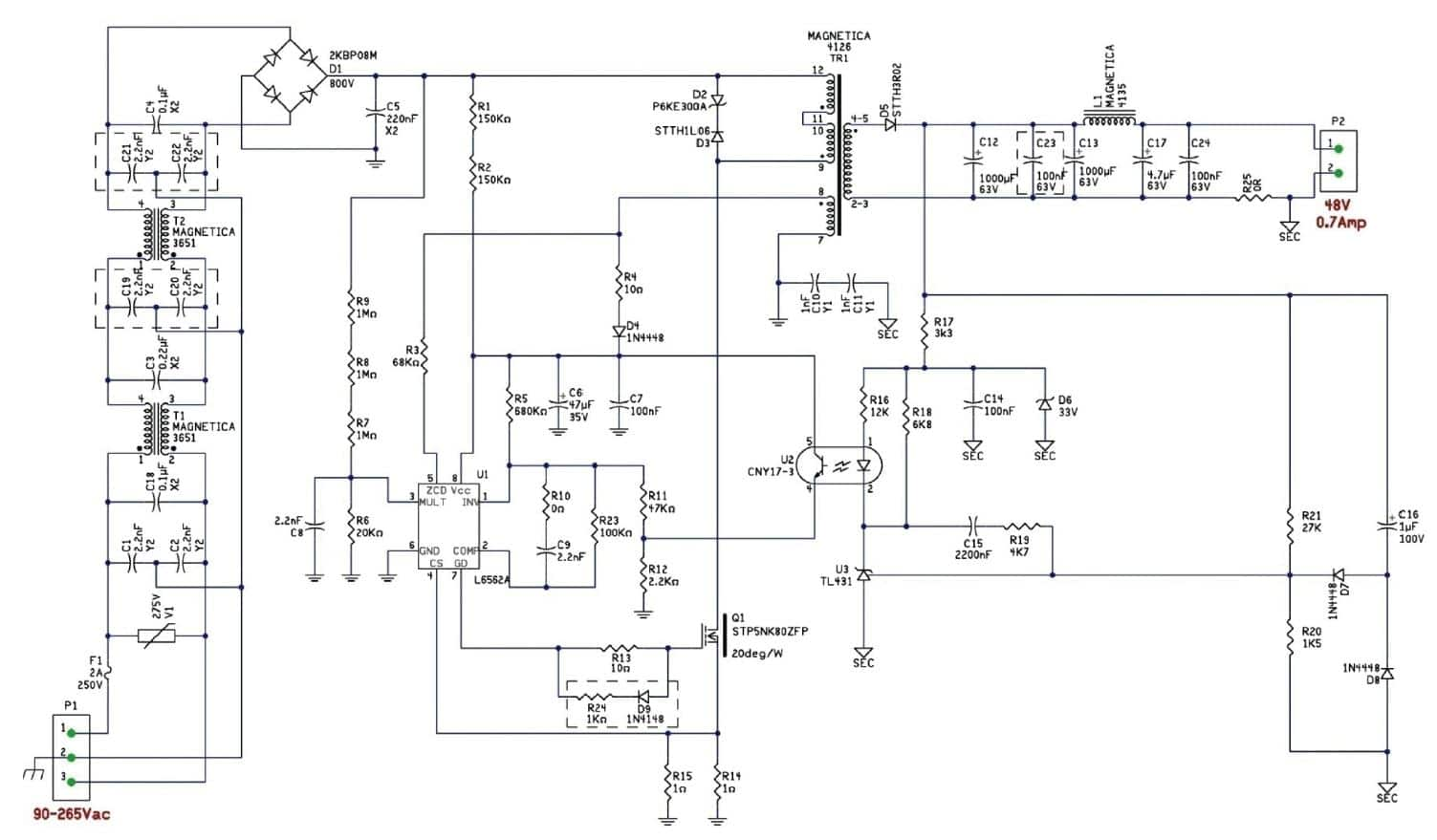Designs (232)
The UCC28063 is a dual-phase, transition-mode Power Factor Correction (PFC) pre-regulator. The UCC28063EVM-723 is an evaluation module (EVM) with a 390-V, 300-W, dc output that operates from a universal input of 85 VRMS to 265 VRMS and provides power-factor correction.
The EPC9051 is a high efficiency, differential mode class-E amplifier demonstration board that can operate up to 15 MHz. This board may also be used for applications where a low side switch is utilized. Examples include, and are not limited to, push-pull converters, current-mode Class D amplifiers, common source bi-directional switch, and generic high voltage narrow pulse width applications such as LiDAR.
The MCP73833 Li-Ion Battery Charger Evaluation Board is an evaluation and demonstration tool for Microchip’s MCP73833/4 Stand-Alone Linear Li-Ion/Li-Polymer Charge Management Controllers. The evaluation board has two circuits provided with one circuit fully assembled and tested.
The TPS20xxCDRCEVM-016 and TPS20xxCDGNEVM-015 are evaluation modules (EVM) for the Texas Instruments family of dual-channel, current-limited, power distribution switches.
The L4981 integrated circuit is a continous mode average current controller with several specific functions for active power factor correction. It can operate in high quality, medium/high power conversion range and provides all the necessary features to achieve a very high power factor, up to 0.99. Thanks to the BCD technology used, operative switching frequency higher than 200kHz can be used.
The LM5070 HE (High Efficiency) evaluation board is designed to provide an IEEE802.3af compliant, Power over Ethernet (PoE) power supply.
This application note is a Ringing Choke Converter (RCC)-based, step-by-step cell phone battery charger design procedure.
The L6924D is a fully monolithic battery charger dedicated to single-cell Li-Ion/Polymer battery packs. It is the ideal solution for space-limited applications, like PDAs, handheld equipment, cellular phones, and digital cameras. It is designed with BCD6 technology and integrates all of the power elements (the Power MOSFET, reverse blocking diode and the sense resistor) in a small VFQFPN16 3mm x …
The board is a 35 W, wide-range mains input, power factor corrected SMPS (switched mode power supply) suitable for all low power applications requiring a high PF (power factor), such as lighting applications and power supplies for LEDs. The low-cost L6562A and the simple flyback topology combine to provide a very competitive PFC controller solution.
The Energy Monitoring PICtail™ Plus Daughter Board is a power monitor circuit that uses the highly integrated PIC18F87J72 single chip energy meter IC. This low-cost design does not use any transformers and requires few external components. It includes both an isolated USB connection for meter calibration and access to the device power calculation, and an isolated PICtail Plus connection for Explo…









